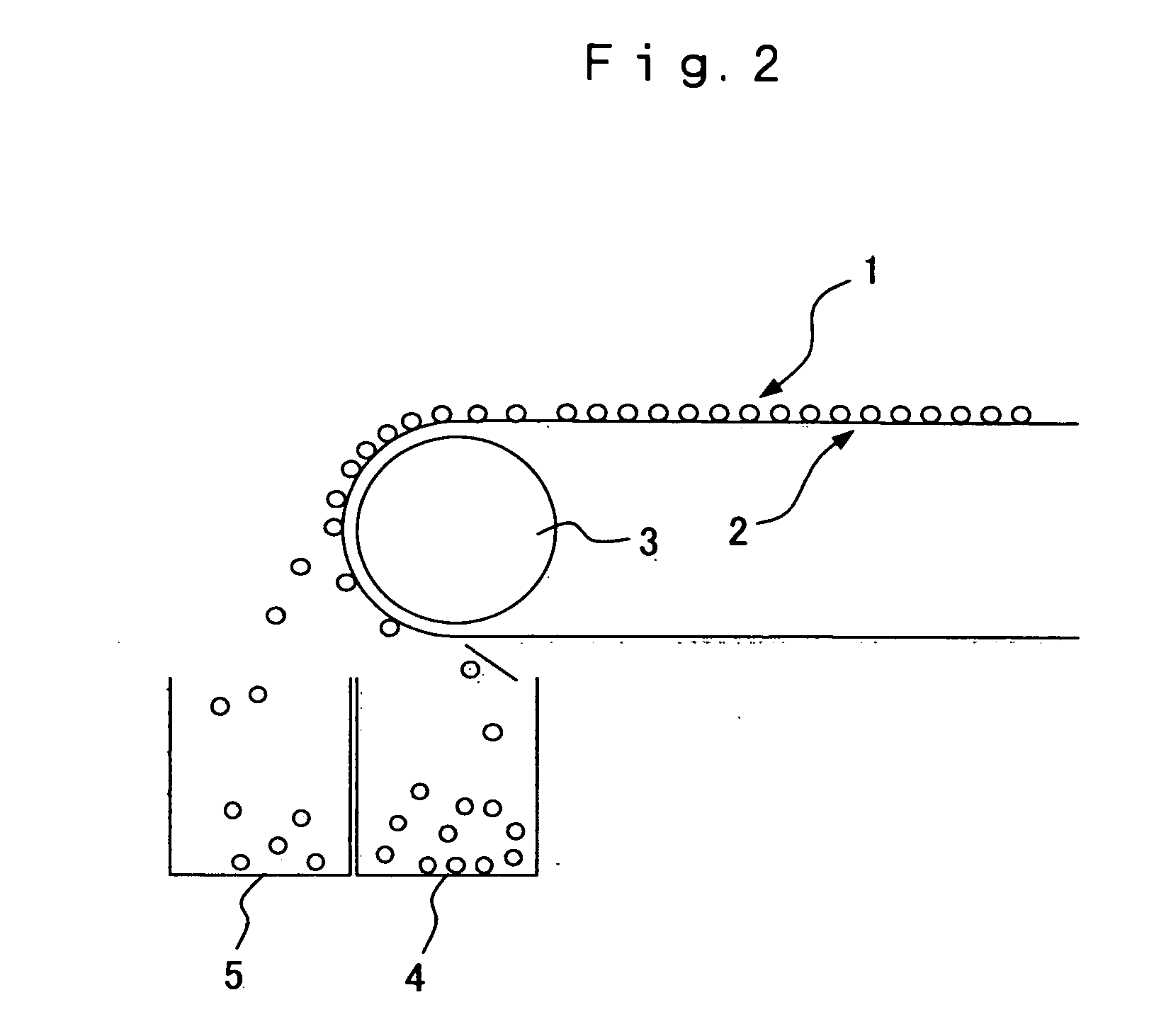Method for manufacturing hydrorefining catalyst, and metal recovery method
a hydrorefining catalyst and metal recovery technology, applied in the direction of catalyst activation/preparation, metal/metal-oxide/metal-hydroxide catalyst, physical/chemical process catalyst, etc., can solve the problem of reducing the activity of the catalyst obtained by a conventional recycling method, and affecting the mechanical strength of the catalyst. , to achieve the effect of excellent mechanical strength
- Summary
- Abstract
- Description
- Claims
- Application Information
AI Technical Summary
Benefits of technology
Problems solved by technology
Method used
Image
Examples
examples
[0049] The present invention will now be described through examples, but the present invention should not be construed as being limited by these examples.
Desulfurization Catalyst
[0050] Pseudo-boehmite powder was kneaded and formed into the form of cylinders ( 1 / 12 inch) and quadrilobe columns ( 1 / 22 inch). These were each calcined for 1 hour at 600° C. to produce γ-alumina carriers, which were impregnated in an ammonium molybdate aqueous solution and a nickel nitrate aqueous solution, respectively, and then dried for 20 hours at 130° C., after which these products were calcined for 0.5 hour at 450° C. to obtain two types of desulfurization catalyst of different shapes. Table 1 lists the composition and properties of the resulting desulfurization catalyst comprising 1 / 12-inch cylinders (hereinafter referred to as the cylindrical desulfurization catalyst) and the desulfurization catalyst comprising 1 / 22-inch quadrilobe columns (hereinafter referred to as the quadrilobe desulfurizat...
PUM
| Property | Measurement | Unit |
|---|---|---|
| Nanoscale particle size | aaaaa | aaaaa |
| Nanoscale particle size | aaaaa | aaaaa |
| Specific volume | aaaaa | aaaaa |
Abstract
Description
Claims
Application Information
 Login to View More
Login to View More - R&D
- Intellectual Property
- Life Sciences
- Materials
- Tech Scout
- Unparalleled Data Quality
- Higher Quality Content
- 60% Fewer Hallucinations
Browse by: Latest US Patents, China's latest patents, Technical Efficacy Thesaurus, Application Domain, Technology Topic, Popular Technical Reports.
© 2025 PatSnap. All rights reserved.Legal|Privacy policy|Modern Slavery Act Transparency Statement|Sitemap|About US| Contact US: help@patsnap.com


